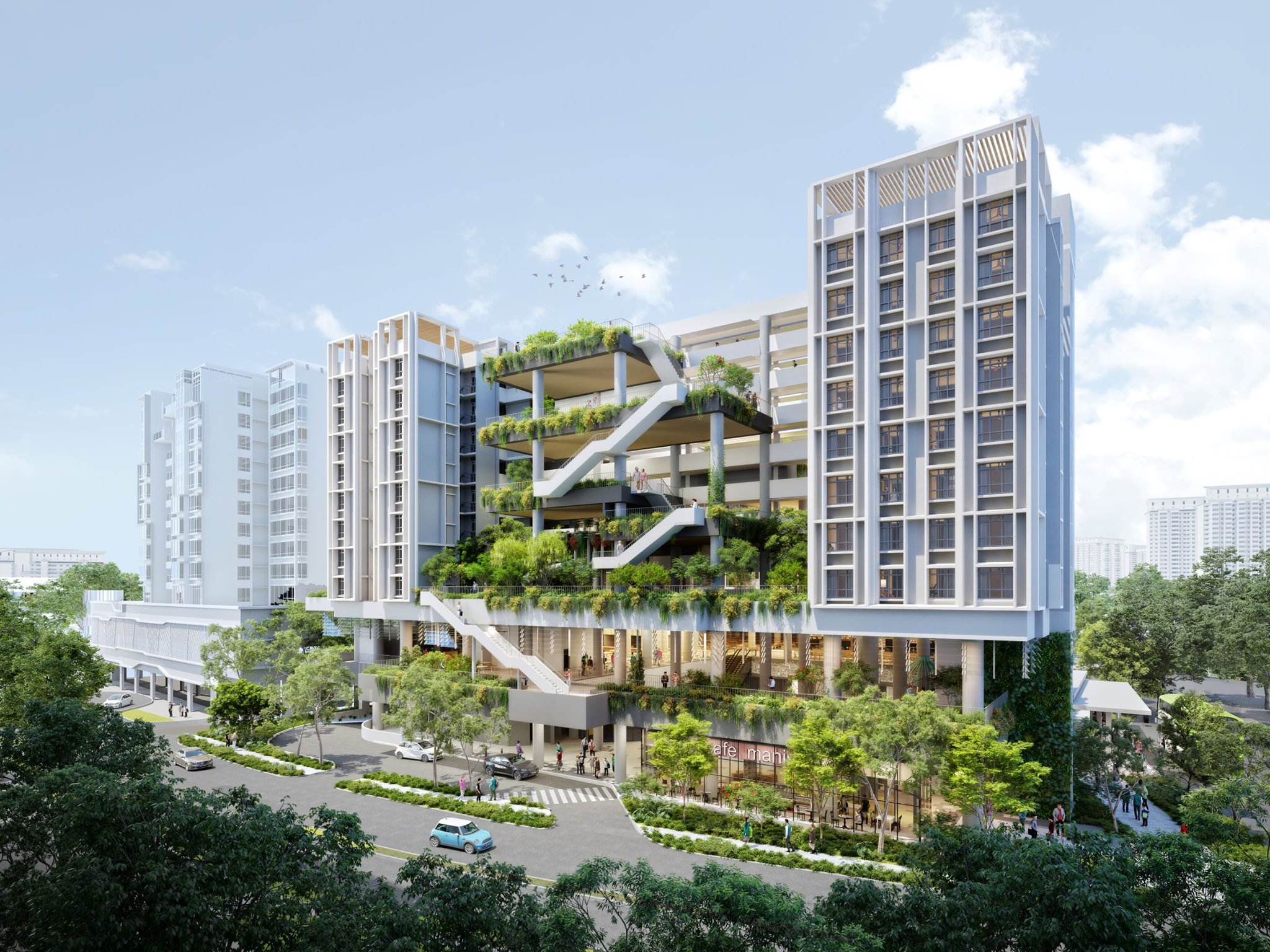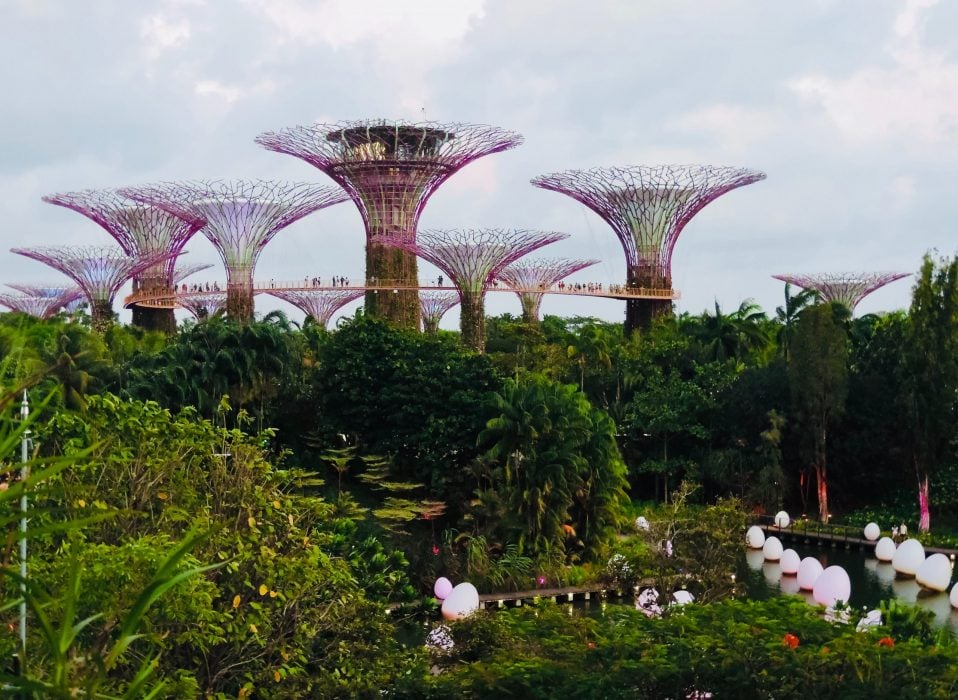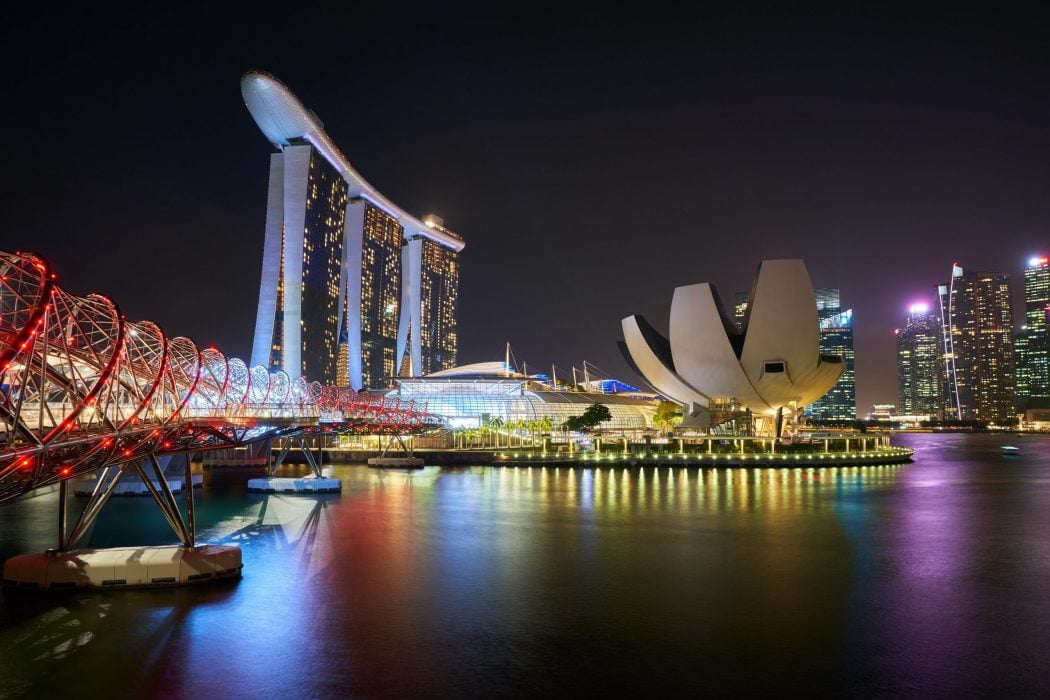From October to December 2021, the Urban Redevelopment Authority (URA) conducted Phase 2 out of 4 of Singapore’s Long-Term Plan Review (LTPR) public engagement exercises.
In Phase 2, different segments of the population, including residents, businesses, professional communities, and academia, were invited to join six facilitated discussions on possible land-use strategies to shape the future of Singapore.
This year’s LTPR is the Government’s latest review of Singapore’s long-term land-use plans, which guide the country’s physical development over the next 50 years and beyond.
The long-term goal, previously known as the Concept Plan, was first formulated in 1971 as a foundation for Singapore’s growth and city structure and is reviewed every ten years to keep up with evolving trends and changing demands.
Phase 1 of the LTPR public engagement exercise occurred from July to September this year in the form of a public poll, workshops, and dialogues to understand the hopes, aspirations, and concerns of Singaporeans for the city’s long-term future.
By considering the feedback collected in Phase 1 and potential vital trends and disruptions in Singapore’s future, the URA conceptualised four pillars as goals for Singapore’s future urban environment, which guided the six discussions in Phase 2.
The URA’s four pillars for Singapore’s development in 50 years and beyond
1. Inclusivity
This pillar indicates that Singapore of the future should:
- Meet the diverse needs of its people, including people of different ages, backgrounds, abilities, and interests
- Consist of urban infrastructure that provides spaces for everyone while strengthening social inclusiveness and cohesion
- Provide a variety of quality and affordable housing for residents of different demographics
- Provide improved accessibility and mobility
- Provide better distribution of amenities and job opportunities near homes
- Offer improved integration of housing, facilities, mobility networks and public spaces to bring together Singapore’s diverse society.

National Development Minister Desmond Lee spoke of integrated developments (mixed-use developments that combine residential, commercial, and communal spaces) as one way to build a more inclusive Singapore in his opening remarks at Phase 2’s first facilitated discussion session.
As examples, he brought up Golden Mile Complex, Kampung Admiralty, and the upcoming Yew Tee Integrated Development, which “integrates senior housing, healthcare facilities, a community club, stores, and a hawker centre.”
2. Adaptability and Resilience
This pillar indicates that Singapore of the future should:
- Be equipped to operate in an increasingly complex and uncertain environment.
- Be capable of seizing future opportunities to remain competitive and liveable.
- Offer workplaces and homes designed to address emerging economic and technological trends, and the fast-changing needs of businesses
- Maintain its economic vibrancy in the face of future challenges
As an example of adaptability, Mr Lee mentioned in his opening remarks that 21 Switch work booths, small pods which provide a conducive workspace, were recently made available across six HDB shopping complexes to address the increased need for telecommuting in light of the pandemic.
3. Sustainability

This pillar indicates that Singapore of the future should:
- Be liveable in the long term.
- Be capable of striking a balance between its environmental, economic, and social goals.
- Optimise the use of its limited land resources and care for the environment while addressing other competing needs
- Balance development with nature, close its resource loops, advance its green economy, and support sustainable infrastructure.
In his speech, Mr Lee also spoke about transforming Singapore into a City in Nature as one possible approach to achieve sustainability.
To illustrate existing efforts to weave nature into the city, he mentioned how the Government has been naturalising parks, gardens, and roadside greenery and tapping renewable energy by installing solar panels on HDB rooftops and reservoir surfaces.
4. Distinction and Endearment

This pillar indicates that Singapore of the future should:
- Remain attractive to businesses and tourists while maintaining a strong sense of identity and familiarity amongst residents
- Retain and celebrate its built and natural heritage
- Offer enhanced recreational areas and attractions.
- Offer a vibrant city centre and Central Business District with a good mix of jobs, homes, lifestyle amenities, retail stores, and arts and cultural offerings.
In his opening remarks, Mr Lee listed several considerations for shaping a more distinctive and endearing Singapore of the future.
They include finding ways to keep Singapore modern and exciting on the global stage while preserving its heritage and identity, identifying critical aspects of the city that should be enhanced, retaining the distinctive character of historic districts like Kampong Glam and Little India while refreshing them for new generations, and finding ways to breathe new life into the city centre.
What’s next in the current Long-Term Plan Review (LTPR)?
According to the URA, Phase 3 of the LTPR public engagement exercise will be conducted from January 2022 to March 2022. It will involve further conversations with the public about the possible land-use strategies developed from Phase 2 discussions.
Public engagement will be conducted via platforms such as town hall sessions. In Phase 4, which takes place from April 2022 to June 2022, the URA will announce the long-term land-use plans and strategies developed based on the public’s feedback and ideas from Phase 1 to 3.
These plans and strategies will guide Singapore’s long-term development and the following Master Plan review in 2024.
–
What would you like to see in Singapore’s future cityscape? Let us know in the comments section below or on our Facebook post.
If you found this article helpful, 99.co recommends URA launches two more residential sites at Pine Grove for H2 2021 GLS (GLS) and Rejuvenating the Core Central Region: URA’s Master Plans for Orchard and Novena.
Looking for a property? Find the home of your dreams today on Singapore’s fastest-growing property portal 99.co! If you would like to estimate the potential value of your property, check out 99.co’s Property Value Tool for free. Meanwhile, if you have an interesting property-related story to share with us, drop us a message here — and we’ll review it and get back to you.
The post Singapore’s Long-Term Plan Review for the next 50 years and beyond appeared first on 99.co.

